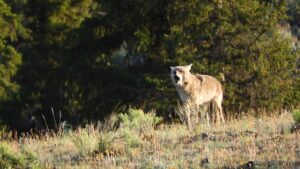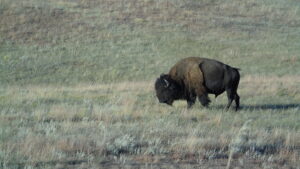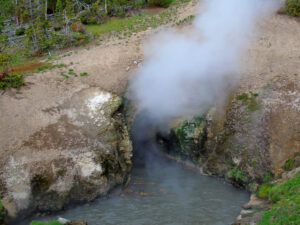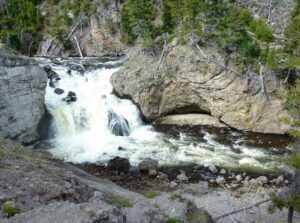It may sound strange to many people, but bringing nature and technology together is a lot easier than you may think! There are many technological tools, some new and some that have been around for many years, that can help children overcome the new “nature deficit disorder” that is sweeping American society. What is this disorder? Children that have no experience being out in nature have no concept that nature actually exists! The brain is a muscle and needs to be trained just like the rest of our muscles. Input = output. Therefore, children who are lacking in positive experiences with nature will no longer realize the importance of it: clean water, clean air, and food and mineral sources.
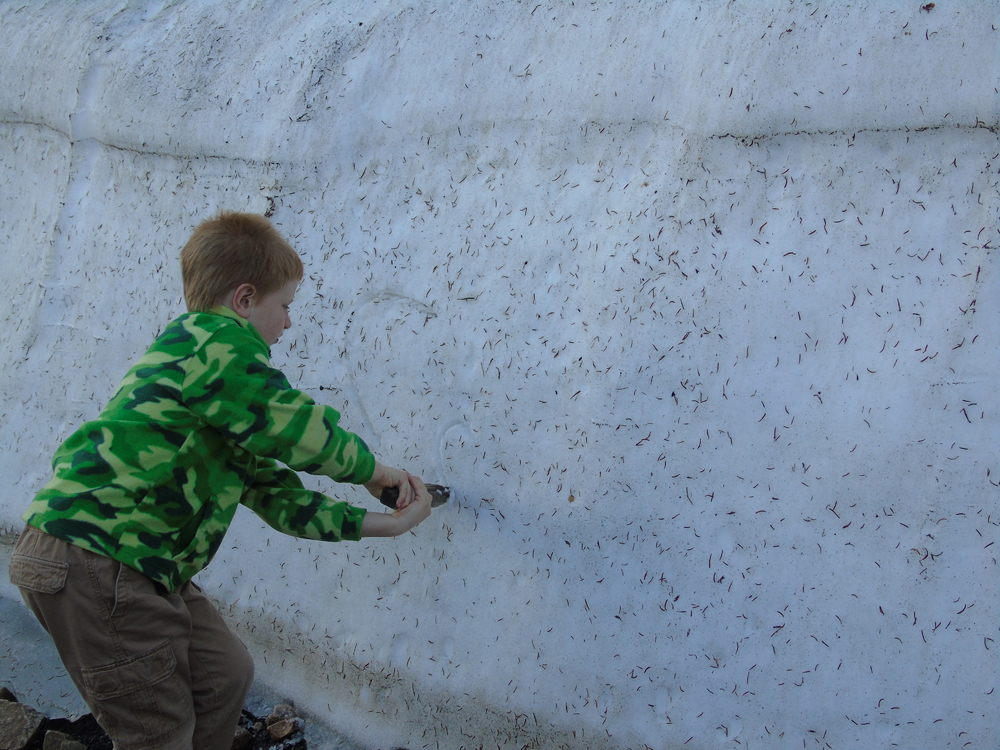 How do we get these “digital natives” out the door? Here are a few suggestions that are easy and free (or very cheap), and a great way to involve the entire family, while applying some fun technologies that kids today are so fond of using:
How do we get these “digital natives” out the door? Here are a few suggestions that are easy and free (or very cheap), and a great way to involve the entire family, while applying some fun technologies that kids today are so fond of using:
⊕ Geocaching (https://www.geocaching.com/play): This activity involves a little research ahead of time, as you will need to look on the internet for coordinates for the caches that are hidden around your area. For us, there are two hidden in the Edgemont area, several between Edgemont and Hot Springs, and over a dozen in Hot Springs. How do you cache? Using your GPS or the GPS on your phone, you locate boxes at the coordinates given. Inside each box is a little trinket. You take the trinket and leave another of similar value for the next cache hunter.
⊕ SkyView (http://www.terminaleleven.com/skyview/iphone/): If you like star gazing, winter is a spectacular time to try it! There is something about a cold, clear night in winter that brings the stars and planets closer and brighter. SkyView is a free phone or tablet application (Apple OR Android) that shows you the sky in real time, or you can look at past or future times to see what you missed or what is coming soon. You can adjust settings to show constellations, the real horizon view (including trees or farmlands), and even turn on or off satellites and planets. If you don’t know which direction you are looking, be sure to also download a free compass app – there are many to choose from for all phone types.
⊕ iNaturalist (http://www.inaturalist.org/): This is a newer app for both Apple and Android devices, as well as through their website, that allows you to belong to a world-wide community of nature catalogers. The point of this website is to record what you see (including taking photos), see where others have found similar plants or animals, and build your knowledge by talking with naturalists and other enthusiasts in the community. iNaturalist is free to join, and from personal experience, our family is very excited about logging information to this app when we find something new!
⊕ LeafSnap (https://itunes.apple.com/us/app/leafsnap/id430649829?mt=8): LeafSnap is another electronic field guide similar to iNaturalist, but focused on plant identification. This is currently only available to Apple devices, but an Android version is currently in development. Take a picture of a leaf, and use their app to either identify it right then and there, or submit it to the system if it is not yet catalogued. Children (and adults!) can learn to identify trees and plants on the fly, without having to lug around large field guides in a backpack.
⊕ State and National Park Apps: If you have a park pass for a State Park or plan to drive through Wind Cave or another National Park this winter, check your app store for online versions of maps, hiking trails, and tourist information. Some apps for these things are free, others have a small cost to support the developers. They can sure be handy to have instead of carrying around a large, fold-out paper version of the park map/info brochure. Some state and most national parks have these apps available (our favorite is put out by Chimani – http://www.chimani.com – which has offline versions of topography and hiking maps for most national parks in the US). While on Wi-Fi, the maps can automatically update, so you have the latest information while outside playing.
 ⊕ Instagram + Digital Camera/Phone Camera (http://www.instagram.com): If you’ve never explored Instagram, it is an incredible social photography website/app. If you have a budding photographer in your family, you can encourage them to create an online portfolio of their work (kids 13 and over can have their own page, or create a family page like we did) for the entire world to view, appreciate, and comment on your photos. Our family (Follow us!) has been posting wildlife and landscape photos for a year on Instagram, and I have not run into any negative or inappropriate comments on our work from strangers. Rather, I feel of all the social sites, Instagram users are very positive and supportive of one another. Of course, be sure to monitor since it is a social site, but this has inspired both my sons, ages 8 and 4, to be outside snapping more photos, so they can share them with people around the world!
⊕ Instagram + Digital Camera/Phone Camera (http://www.instagram.com): If you’ve never explored Instagram, it is an incredible social photography website/app. If you have a budding photographer in your family, you can encourage them to create an online portfolio of their work (kids 13 and over can have their own page, or create a family page like we did) for the entire world to view, appreciate, and comment on your photos. Our family (Follow us!) has been posting wildlife and landscape photos for a year on Instagram, and I have not run into any negative or inappropriate comments on our work from strangers. Rather, I feel of all the social sites, Instagram users are very positive and supportive of one another. Of course, be sure to monitor since it is a social site, but this has inspired both my sons, ages 8 and 4, to be outside snapping more photos, so they can share them with people around the world!
The key to getting today’s kids outside might just happen to lie in using technology in new ways. I am always on the lookout for new apps and programs that can excite kids about being outside. It should go without saying that playing outside has so many benefits: getting Vitamin D from the sun, building up the immune system, getting ample exercise, and stimulating the imagination and problem solving skills. And besides, nothing beats the feeling of coming back into the house to find a big, steaming cup of cocoa waiting for you after a hard day of geocaching!

